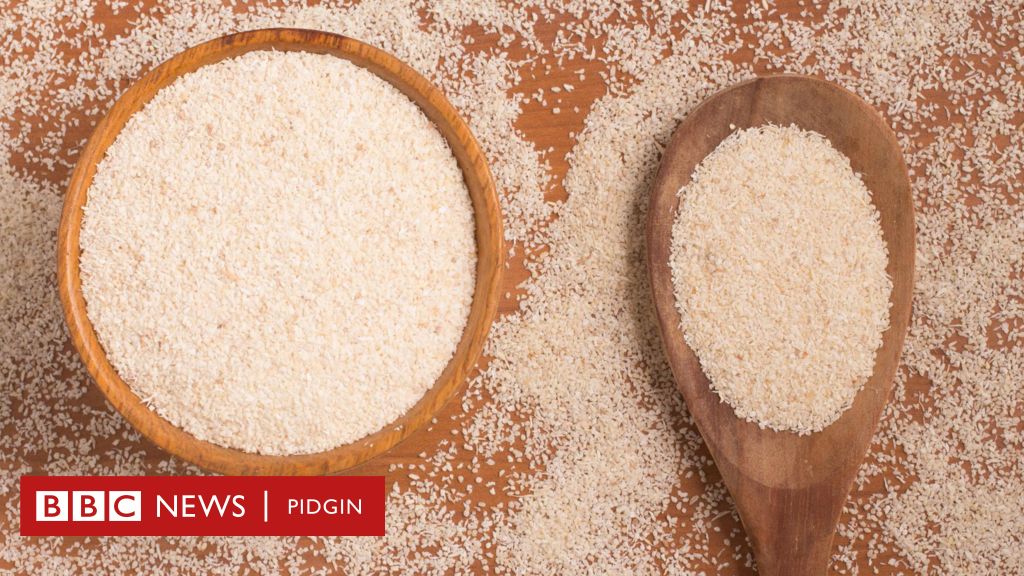Garri: The Beloved Nigerian Staple - Health Benefits & Potential Risks
2025-05-25

BBC
Garri, a granular flour made from cassava, is a staple food in Nigeria and across West Africa. Known for its affordability and versatility, it's a common ingredient in many traditional dishes. But is garri truly good for you? This article explores the health benefits of garri, while also highlighting the potential risks associated with excessive consumption and the importance of a balanced diet.
The Good: Health Benefits of Garri
Despite its often-criticized nutritional profile, garri offers several health advantages:
- Energy Booster: Garri is rich in carbohydrates, providing a readily available source of energy. This makes it a popular choice for those needing a quick boost, particularly during physically demanding activities.
- Digestive Health: The resistant starch in garri acts as a prebiotic, feeding beneficial bacteria in the gut. This can contribute to improved digestion and a healthier gut microbiome. Studies suggest resistant starch may also help regulate blood sugar levels.
- Potential for Weight Management: The resistant starch in garri can promote feelings of fullness, potentially aiding in weight management by reducing overall calorie intake.
- Source of Fiber: Garri contains dietary fiber, which is essential for healthy digestion and can help lower cholesterol levels.
- Antioxidant Properties: Cassava, the root from which garri is derived, contains antioxidants that help protect the body against damage from free radicals.
The Not-So-Good: Risks of Excessive Garri Consumption
While garri offers some benefits, it's crucial to be aware of the potential downsides of overconsumption:
- Nutritional Deficiencies: This is the biggest concern. Garri is low in protein, essential vitamins (like Vitamin A and C), and minerals such as iron, zinc, and calcium. Relying solely on garri as a primary food source can lead to nutrient deficiencies and negatively impact overall health.
- Cyanide Content: Cassava contains cyanogenic glycosides, which can release cyanide when consumed. Proper processing, including soaking, grating, and thorough drying (as is done in the production of garri), significantly reduces this risk. However, inadequate processing can lead to cyanide poisoning.
- Blood Sugar Spikes: While resistant starch can help regulate blood sugar, the high carbohydrate content of garri can still cause spikes in blood sugar levels, particularly if consumed in large quantities without accompanying protein or fiber.
- Potential for Bloating and Gas: The high fiber content, while beneficial, can also cause bloating and gas in some individuals, especially when introduced suddenly into the diet.
The Bottom Line: Enjoy Garri in Moderation as Part of a Balanced Diet
Garri can be a nutritious and satisfying part of a balanced diet. However, it shouldn't be the only food you eat. Combine garri with protein-rich foods (like beans, eggs, or meat), healthy fats, and a variety of fruits and vegetables to ensure you’re meeting all your nutritional needs. Ensure garri is properly processed to minimize the risk of cyanide exposure. Listen to your body and adjust your intake accordingly. Consult a healthcare professional or registered dietitian for personalized dietary advice.






